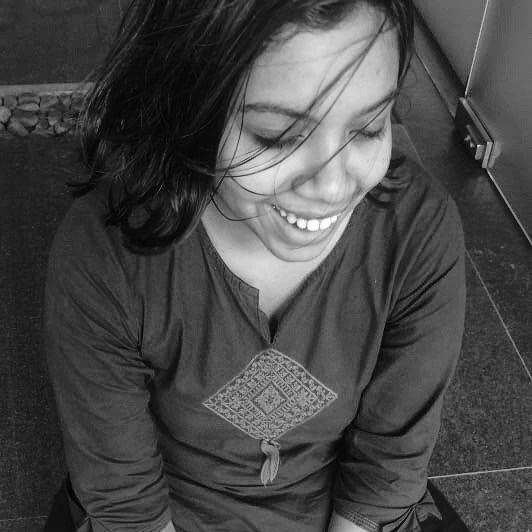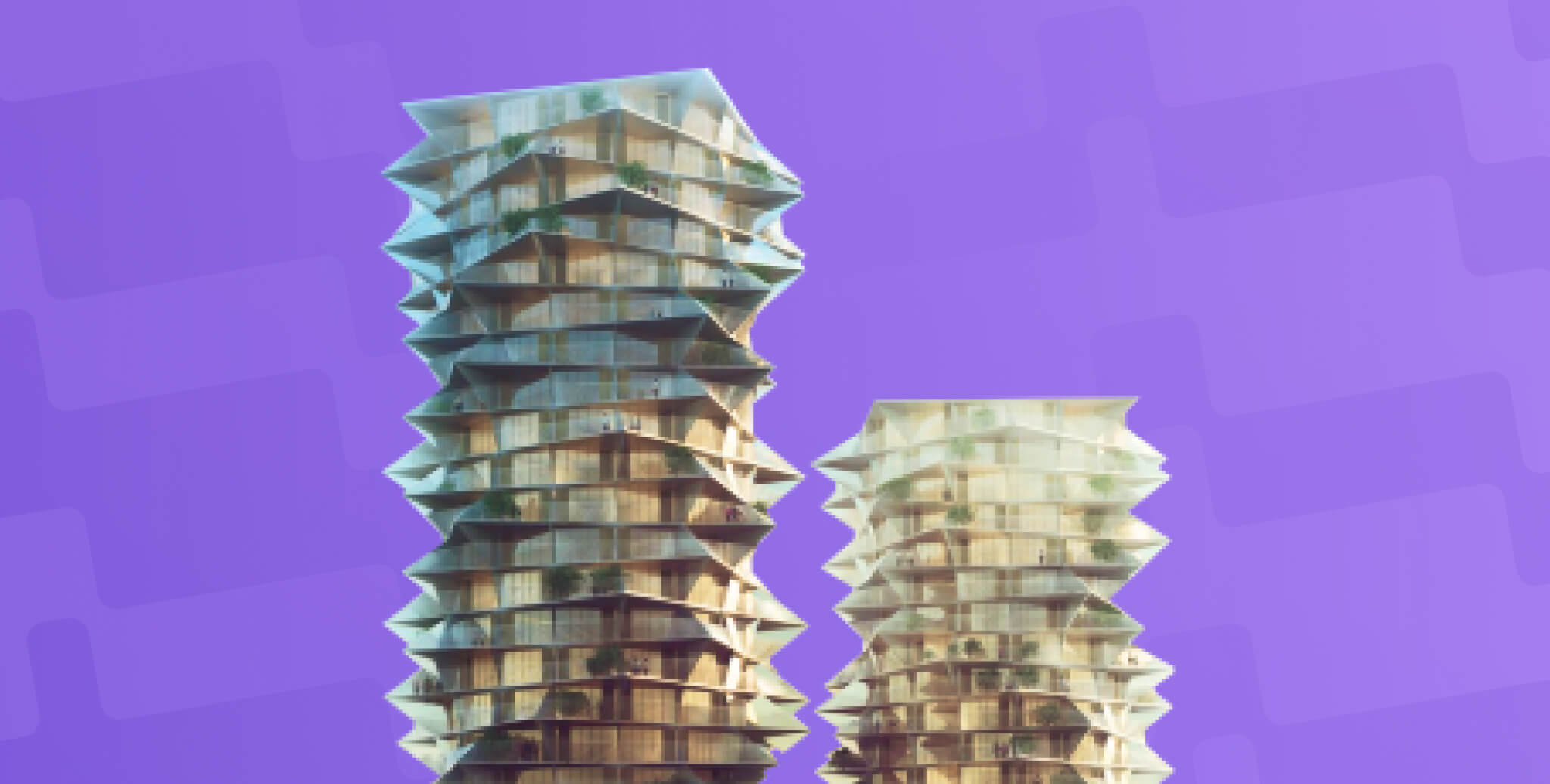Functional And Aesthetic: 13 Impressive Parametric Buildings From Around The World
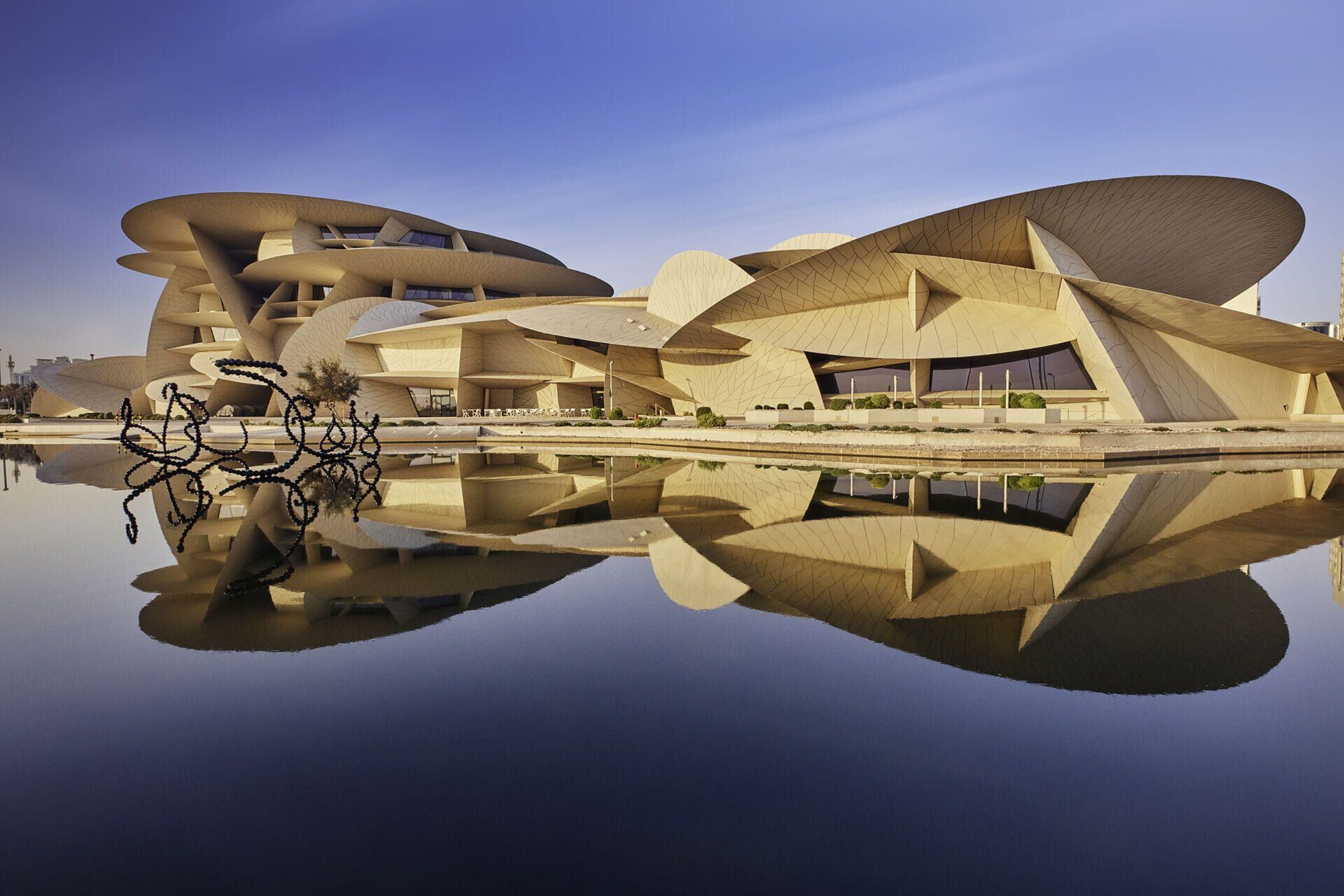
Table of Contents
The architecture industry has been witnessing the rise of many organic and free-form building designs in the past two decades. Any idea what design style they are? It is generally known as parametric building, constructed through the parametric design process. A cutting-edge contemporary style with the use of computational methods, parametric design, or more specifically architecture, is also known as Parametricism, coined by Patrik Schumacher of Zaha Hadid Architects.
Until the late 2000s, such design style was rare, only seen from the ‘starchitects’. However, the advance in computational software has allowed architects to explore design in ways unimaginable before.
In this list, we explore different approaches to parametric design through these ten projects from around the world.
What Is Parametric Design?
Parametric design is a style derived from the parametric modelling approach. Some might say it is not even a style but a design methodology as it can be applied to any style and typology. To be called a parametric building, a design project must be created in parametric software where the design elements, including structure and facade, are manipulated through parameters and algorithms.
Read more: What Does a Computational Designer Do and How to Become One
13 Remarkable Parametric Buildings Around The World
1. Walt Disney Concert Hall
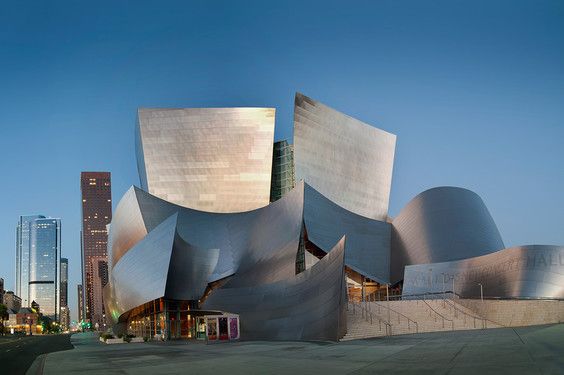
A building familiar to many architecture students, The Walt Disney Concert Hall by Frank Gehry is one of his most iconic buildings and an architectural landmark in Downtown LA. Its name is known in parallel with the term ‘deconstructivism’ – a term to describe conceiving a structure or a form through fragmentation and experimentation. Gehry was known for his crinkled paper models, however, even as a conceptual model of a building this size, that was not enough. With comes parametric approach, and software Catia, to design the structure and the curvy metallic surfaces for the facade. In addition to the sweeping facade, the concert hall of the building is also famous for acoustics.
2. BEEAH Headquarters
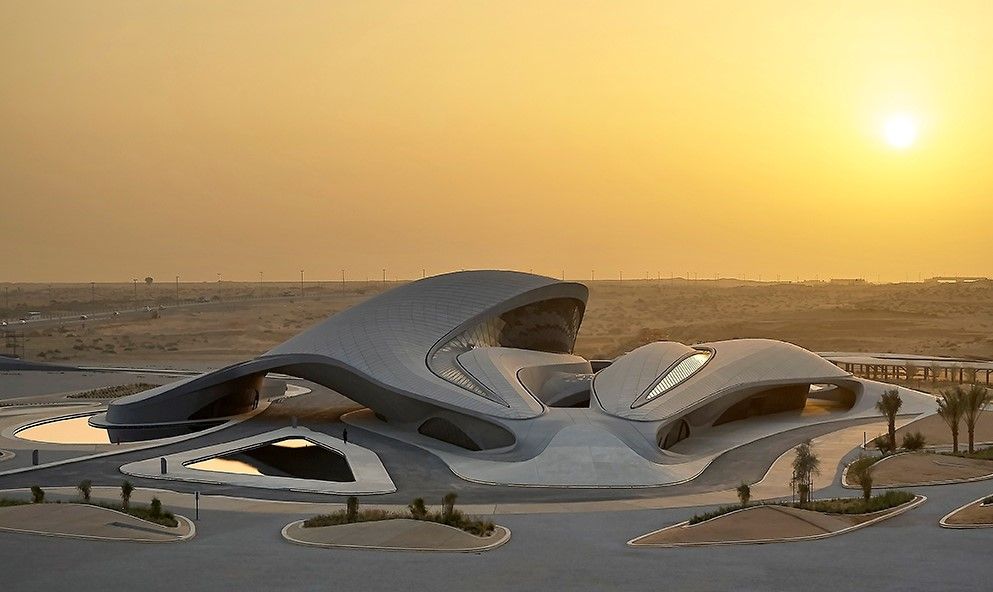
This futuristic parametric building is one of the newest projects by Zaha Hadid Architects, opened this year in Sharjah, UAE, as the headquarters of BEEAH Group. In the signature style of ZHA, the design is of swooping domes and curves, both the form and the interiors, as a reflection of its desert site. As much as the form is impressive, what makes the building even more remarkable is that it was designed to achieve net-zero emissions by using ‘next-generation technologies’, as described by the ZHA website. It is only fitting as the client, BEEAH group is involved in clean energy, sustainable technologies and environmental consulting, among its many services.
3. The Peak
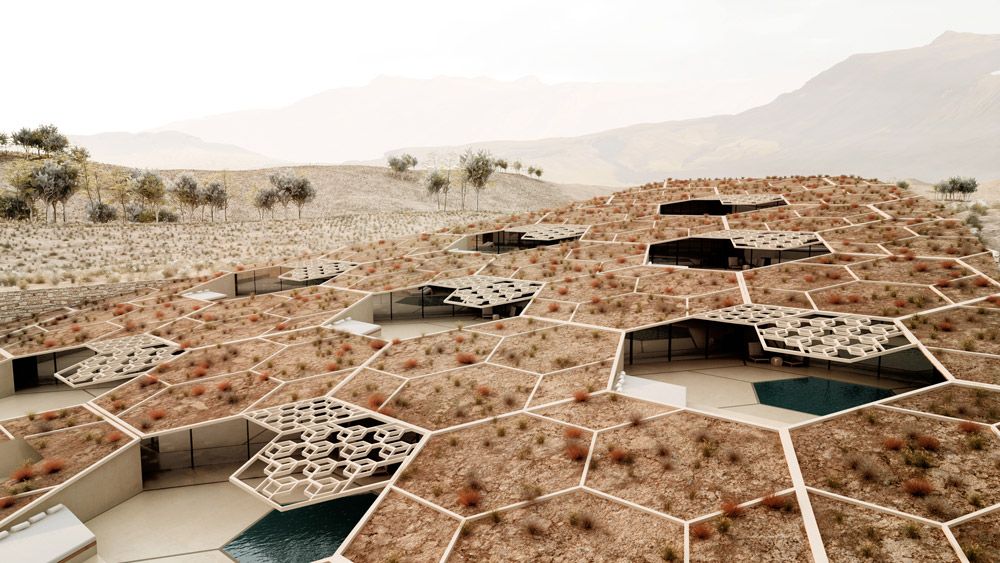
The Peak by Studio Symbiosis is a marvel built into the slope, nestled in the desert landscape. The idea comes from incorporating the local landscape into the design, as well as the local traditional architecture. The recreational spaces are burrowed in the earth, excavating the undulating local terrains. Such a design idea is not purely for aesthetic purposes; it preserves the natural site conditions while protecting the interiors from the heat. The hexagonal patterns also reference the regional architecture as a unifying design element.
4. Museo Soumaya
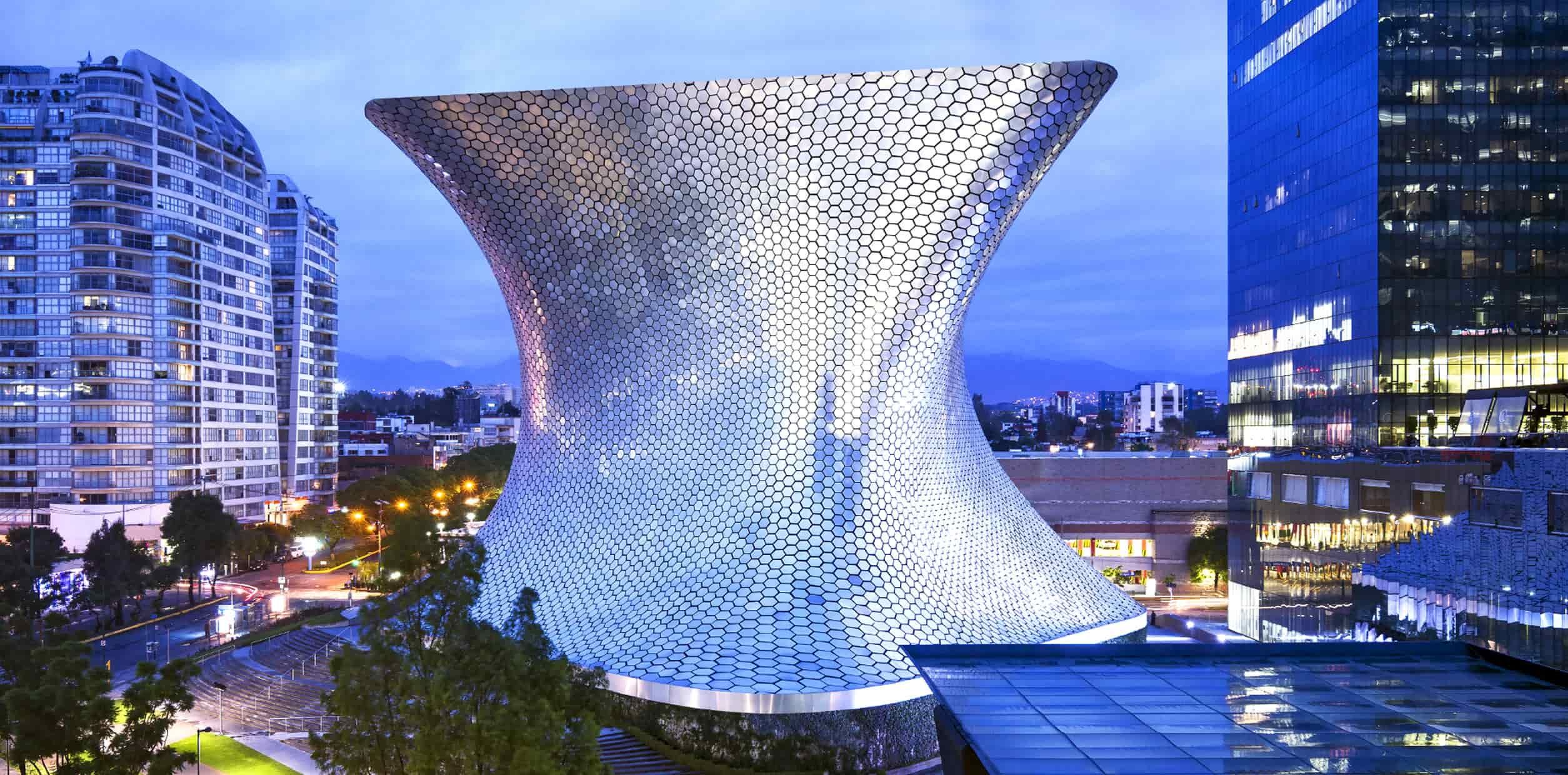
The shimmering facade of this museum sure is a head-turner, and the rhomboid form retains the visitors' attention. Museo Soumaya, located in Mexico City, is a private museum designed by FREE to house private collections of nearly 70 000 artworks. The rotated rhomboid structure is supported by 28 curved steel columns and the parametric facade is clad in glimmering hexagonal steel elements (16 000 of them in total!) which gives the building distinct appearances depending on the vantage point and time of the day. The building and the facade are all designed parametrically for a striking structure and appearance.
This parametric building is now regarded as one of the architectural landmarks in Mexico City, serving as a place of community engagement and regeneration.
5. Museum of the Future
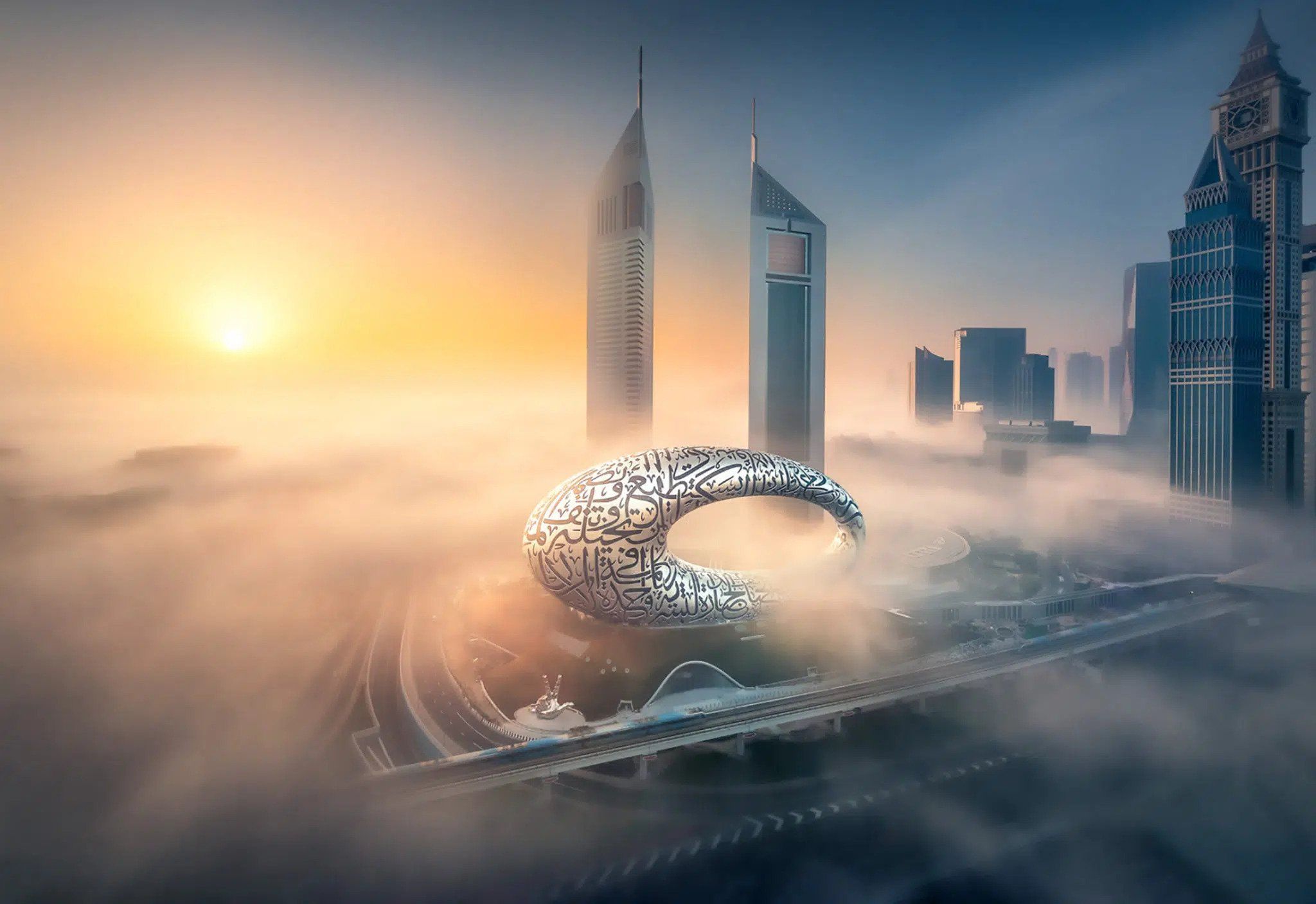
Another museum on our list is the Museum of the Future, another structural marvel in the form of a torus resembling a crescent moon. The innovative ambition of the architect, Killa Design, is displayed in its form - using parametric design - and the construction process - using BIM (Building Information Modelling). The parametric building design, along with low energy engineering solutions, renewable energy solutions and passive design, helped the architect achieve LEED Platinum status. The entire project site consists of three main sections, each with its representative purpose; the green hill on which the building sits, represents the earth, the futuristic building represents mankind with its artistry and harmony, and the elliptical void represents the innovative ideas for the future.
6. The Oculus
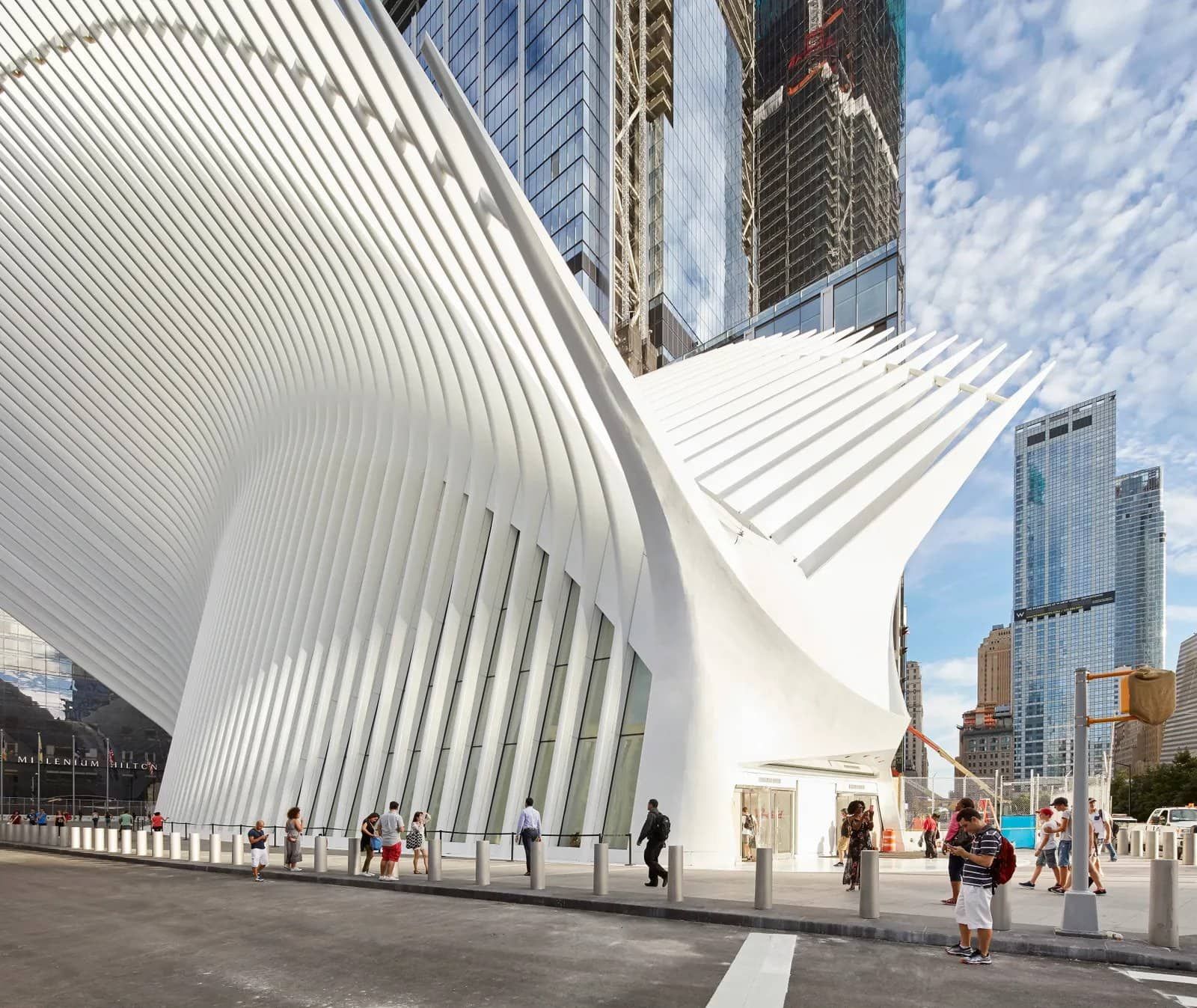
The Oculus at the World Trade Center site in New York is a work by Santiago Calatrava, well known for the amalgamation of architectural and structural engineering in his projects. Like his many works, the Oculus features a massive ribbed structure with a glazed central axis as a skylight to bring light into the station interiors. These ribs are of steel and curved outwards like a bird ready to take flight. Moreover, the ribbed structure also acts as a canopy with the rafters springing from two 350 feet arches. In addition to the underground station, the place also has two levels of shops.
7. Endesa Pavilion
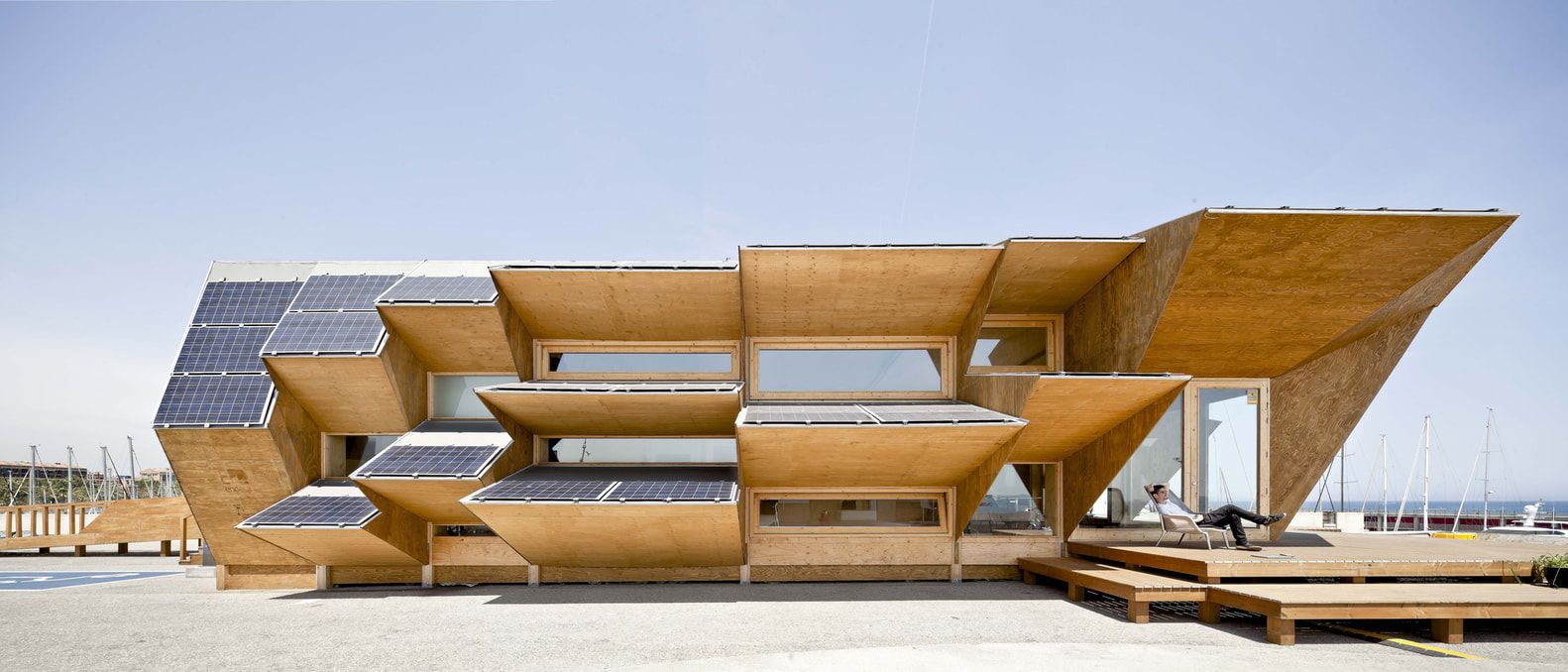
Endesa Pavilion by IAAC shows us that parametric building design is not only meant for swooping curves and odd forms, though admittedly, the building envelope of Endesa Pavilion is nowhere conventional. In this project, parametric logic is used to respond to the site and environmental requirements on each side of the building. The pavilion is a prototype for a multi-scale construction system and made to be self-sufficient in energy production and use through passive design elements, which are also modular – solar bricks, insulation, ventilation and solar protection. The facade is achieved parametrically through innovative design principles and techniques to respond to the solar path.
8. National Museum of Qatar
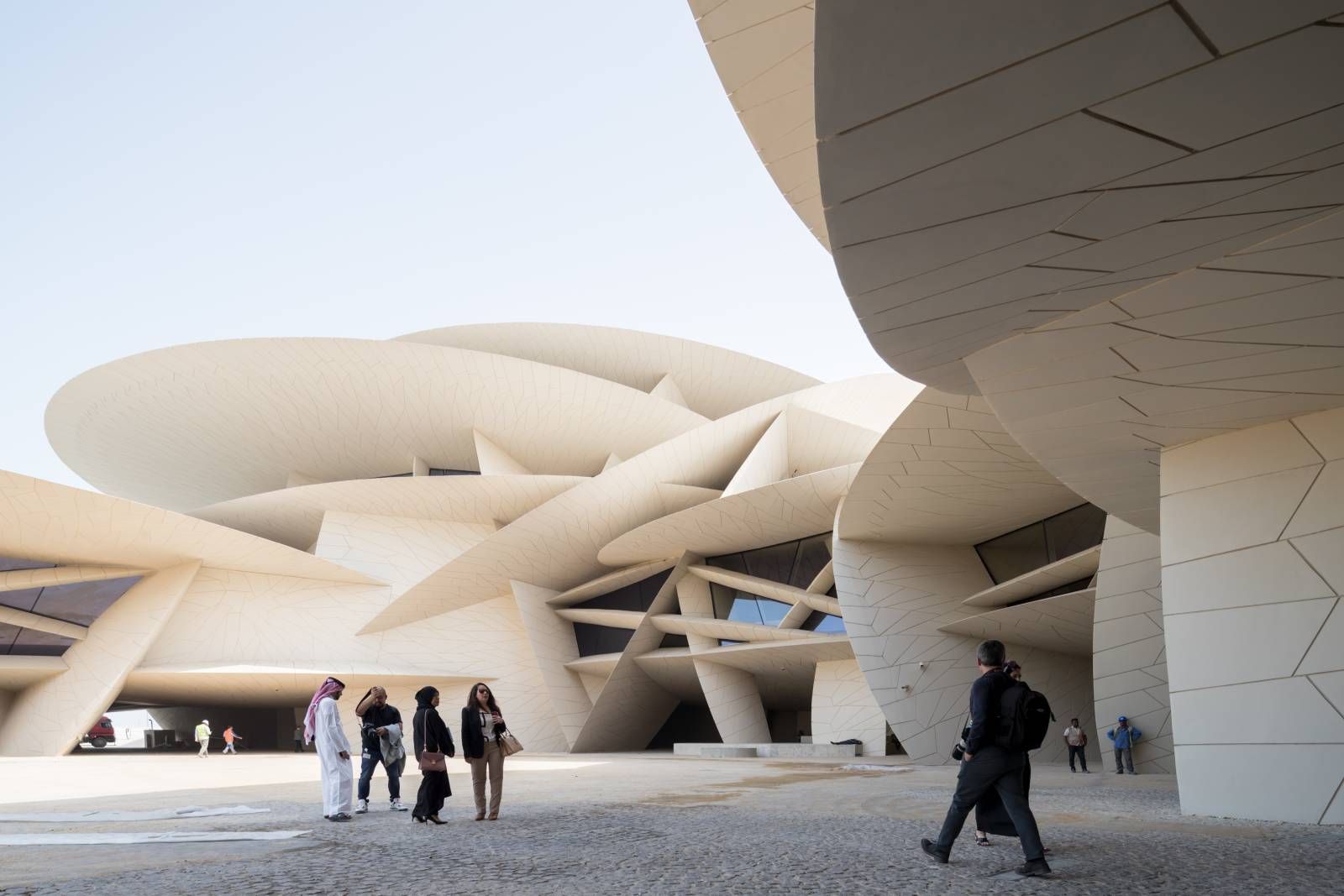
Jean Nouvel is another name alongside Zaha Hadid and Frank Gehry, well known for his parametric approach to design. Perhaps this building can attest to why that is so. The National Museum of Qatar was built to tell the history of the country while also displaying the ambitious future. A series of colliding discs as various roof segments shape the building form, and the inspiration behind it is the desert rose, a mineral formation of a cluster of flat plates. The intersections of the discs in this parametric building resemble the structure of a desert rose, the form igniting the curiosity about what’s inside. In between the gaps are frameless glass panels providing light and a view toward the courtyard and the gardens.
Read more: How is Computational Design Used to Achieve Sustainability?
9. Louverwall
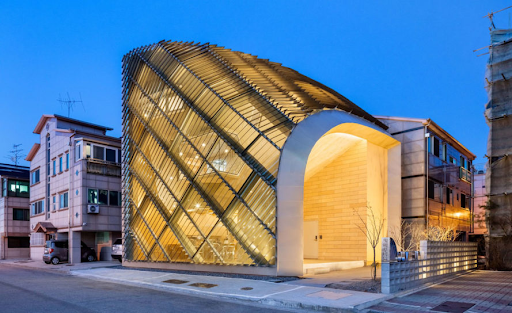
The next parametric building on this list is much smaller than most projects mentioned - a building unit of a cafe and a house. Designed by AND architects, Louverwall, in Paju, South Korea, has a distinctive cladding as its envelope. The louvres, being part of the curtainwall facade, control the daylight entering the building with soft lighting despite the facade facing west. Meanwhile, the building form is irregular, created by two curved walls resulting in a dramatic shape and shadows from the louvres. The facade is designed using the Parametric Louver Design System to find the most suitable cladding system for the building. This Design System has been developed by researchers from Seoul National University using computational algorithms to design the best-performing louvre system for any surface.
10. Shanghai Tower

Ranking as the tallest building in China, Shanghai Tower was designed by Gensler in 2015 with cutting-edge technology. The spiral form with rounded corners was achieved parametrically to withstand the typhoon-level winds through a series of tests. There are over 20 000 curtain wall panels, and with the aid of parametric software, the curtain wall was designed for optimum performance, maintenance and constructability. More than a parametric building, the design also ensured sustainability and has been awarded LEED Platinum Certification and China Green Building Three Star rating.
11. Heydar Aliyev Centre, Azerbaijan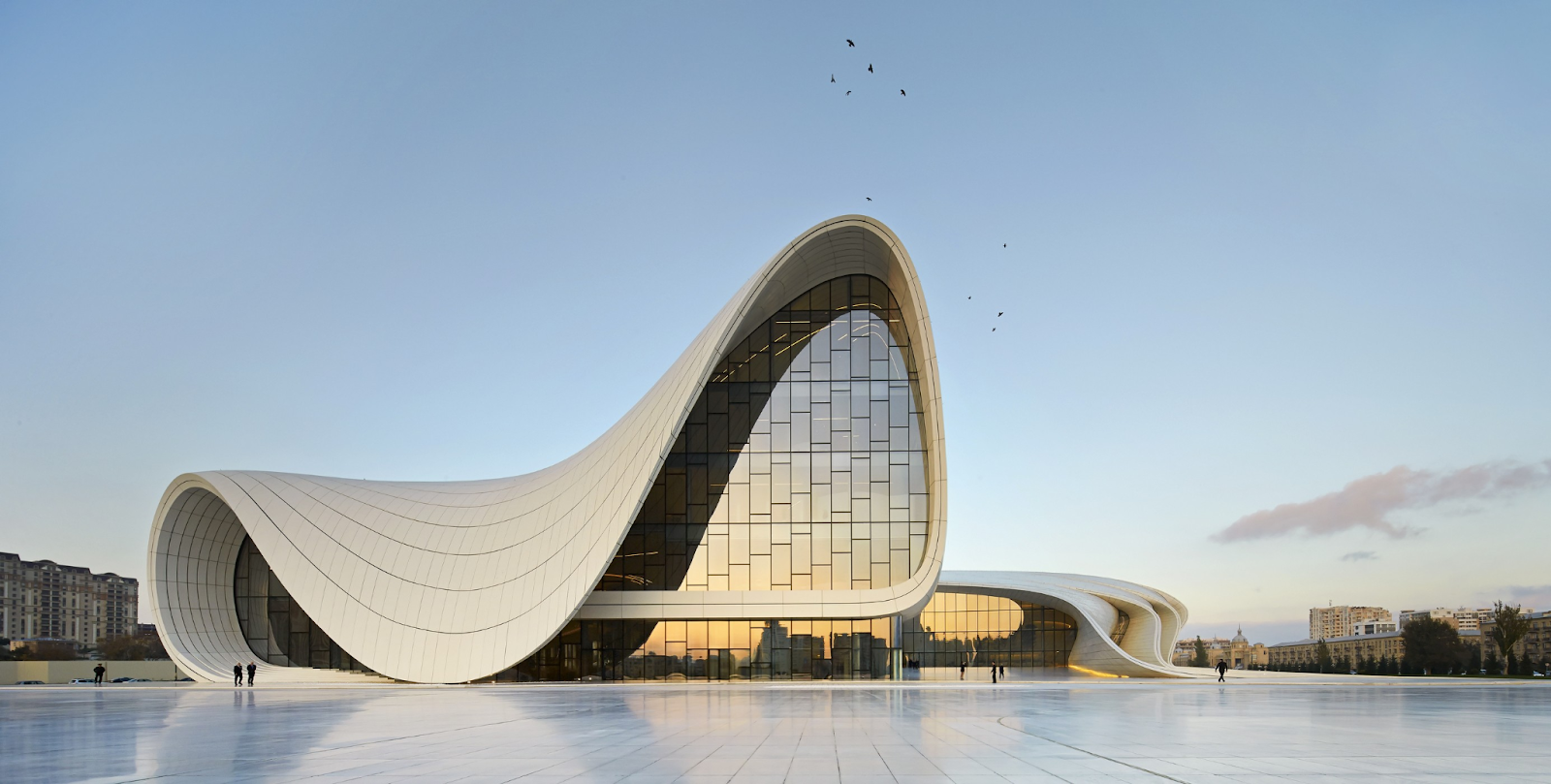
The Heydar Aliyev Centre, designed by Zaha Hadid Architects is a one-of-a-kind example of parametric architecture. The building's fluid and curved forms were made possible through parametric modelling software. The approach helped architects create unique, organic shapes that reflect the building's function as a cultural centre.
The centre's undulating roofscape, devoid of conventional straight lines or right angles, seamlessly integrates walls, ceilings, and floors into a single continuous surface. This fluidity was achieved by programming algorithms that respond to various design parameters, such as spatial requirements, structural integrity, and aesthetic preferences. Additionally, parametric design played a crucial role in optimizing the building's structural performance and energy efficiency. By digitally simulating wind flow and solar exposure, the designers could refine the building's form to minimize environmental impact and enhance sustainability.
12. Beijing National Stadium, China
The Beijing National Stadium, famously known as the Bird's Nest, is a masterpiece of parametric design conceived for the 2008 Summer Olympics. Designed by Swiss architects Herzog & de Meuron in collaboration with Chinese artist Ai Weiwei, the stadium's intricate lattice-like structure was made possible through parametric modeling techniques.
The use of parametric design allowed architects to optimize the stadium's form and structural integrity while adhering to specific functional and aesthetic requirements. The structure's complex geometry consists of interwoven steel beams that create a striking visual effect resembling a bird's nest. This intricate pattern was achieved through computational algorithms that iteratively generated and analyzed various design options. Further, the adoption of parametric design also facilitated efficient material usage and construction processes.
13. The Shard, United Kingdom
The Shard in London was designed by Renzo Piano as a prime example of parametric design in contemporary skyscraper architecture. The building's distinctive glass facade and tapering form were made possible through advanced computational modelling techniques.
The use of parametric design tools helped architects explore countless iterations of the Shard's geometry, optimizing its shape for structural stability, wind resistance, and visual impact. Also, the building's tapering profile was not only an aesthetic choice but a result of parametric studies that considered factors like daylight penetration and energy efficiency. The building's exterior consists of triangular glass panels that create a crystalline appearance, achieved through precise parametric calculations that determined the optimal panel size, shape, and placement. This approach maximized natural light while minimizing solar heat gain.
In Conclusion
Parametric design is helming the way forward for the architecture industry towards a futuristic, dynamic, and explorative space. It will enable architects and designers to be more creative and explore their fullest potential. To help you achieve that, you must explore Master Computational Design Course offered by Novatr, a program designed to provide a comprehensive foundation in parametric design tools, software, and processes essential for a successful career in the industry. This course is taught by experienced professionals who are experts in the field of parametric design, offering valuable insights into crafting a rewarding career path within this niche specialization.
The course operates in a cohort-based format, allowing students to collaborate and learn from peers while gaining hands-on experience. A key component of the program is the capstone project, where participants can apply their theoretical knowledge to practical scenarios, further enhancing their skills and understanding.
Novatr also extends placement support, assisting students in securing positions within top multinational companies (MNCs) operating in the Architecture, Engineering, and Construction (AEC) domain. This feature ensures that graduates are well-prepared and equipped to excel in the professional world, leveraging their expertise in parametric design to contribute meaningfully to industry projects and innovations.
Explore the course today!

 Thanks for connecting!
Thanks for connecting!

-3.png?width=1534&height=336&name=MCD%20B%20(Course%20Banner)-3.png)
.jpg)
.png)
.jpg)

